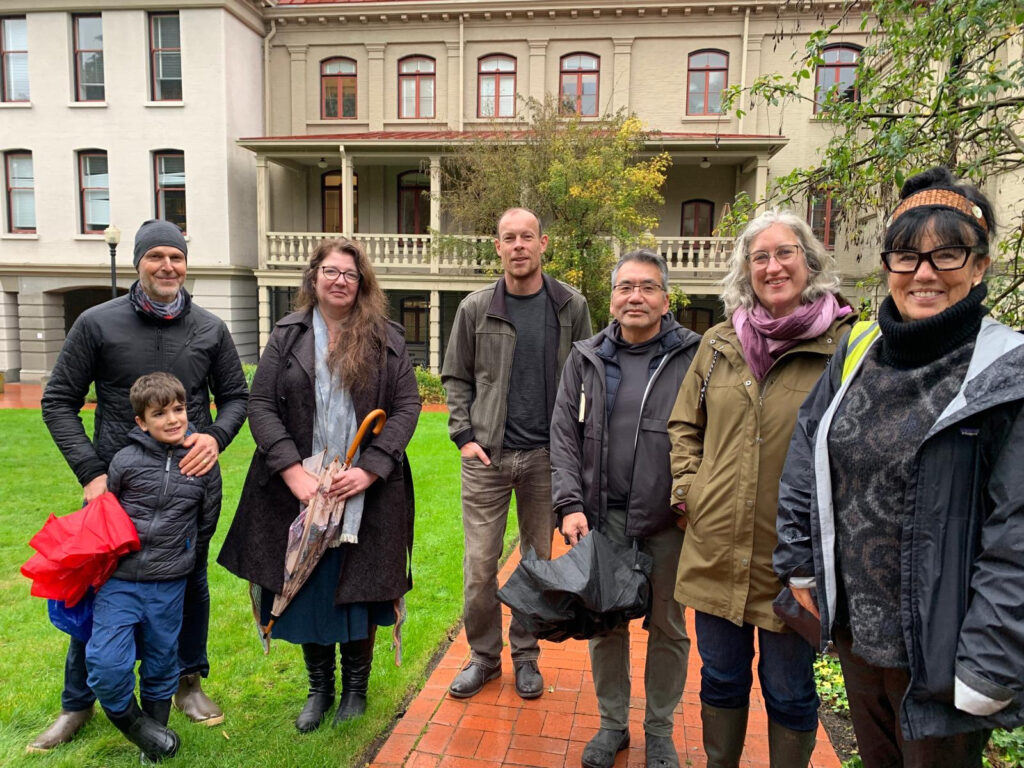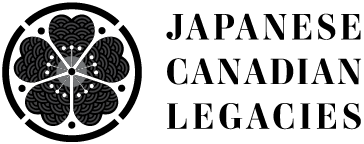East Meets West – National Team Chosen for Monument Design
The monument is a key legacy project to permanently honour all 22,000 Japanese Canadians who were uprooted from their homes and communities in 1942, and stripped of all properties and possessions which were later sold, leaving little for these communities to return home to. After the war with Japan ended in 1945 many Japanese Canadians were forced east of the Rockies or exiled to Japan, a country that many of them had never known. This second uprooting lasted until April 1, 1949, when Japanese Canadians were given the right to vote and to move freely within Canada. This history needs to be told so that it doesn’t happen again to another group of people.
Following a Province of BC public RFP for the design of the Japanese Canadian Monument in Victoria, the BC Government, in partnership with the Japanese Canadian Legacies Society (JCLS), has selected the design team of Toronto-based architecture firm KPMB led by founding partner Bruce Kuwabara working in collaboration with Vancouver-based landscape architecture and urban design firm PFS Studio, represented by Kelty Miyoshi McKinnon.
With key proponents from central Canada and the west coast, the Monument team reflects the shattering and dispersal of the community.

Bruce Kuwabara founded KPMB in 1987. Among his many projects is the Japanese Canadian Cultural Centre in Toronto. Kuwabara is known to have a generosity of spirit and has mentored many young architects, just like Raymond Moriyama inspired him. In 2011, he was made an Officer of the Order of Canada “for his contributions, as an architect, to our built landscape and for his commitment to professional excellence”. While accepting the RAIC 2006 Gold Medal – Canada’s highest honour bestowed by the profession on an individual – Kuwabara offered a personal reflection contrasting the memories of growing up in the post-World War II climate as a Japanese Canadian with the later inspirations of his mentors and seminal events that determined his vocation as an architect. Bruce’s name will appear on the monument along with those of his siblings and his parents.
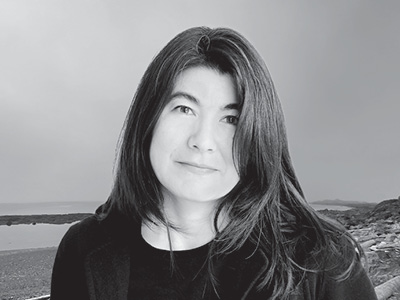
Kelty Miyoshi McKinnon is a yonsei landscape architect, Partner and Design Director at PFS Studio – a landscape architecture, urban design and planning firm based in Vancouver, BC. Her ancestors were strawberry farmers in Mission, and spent the Internment years first incarcerated at Hastings Park, and later worked the sugar beet fields in Southern Alberta. Specializing in projects dealing with the public realm, she is committed to the creation of poetically rich projects that weave together cultural and ecological histories to deepen relationship to place.

The JCLS and the Monument design team gratefully acknowledge the work of Yukon-based architect Jack Kobayashi of Kobayashi | Zedda Architects whose visual study and consultant report – developed with the JCLS – helped produce the foundational elements of this project. This document enabled the costing of the project and helped the JCLS eventually achieve the support for the Monument from the Province of BC.
The JCLS has engaged Jack Kobayashi as the key advisor to the project.
We especially thank the many Japanese Canadian survivors and descendants across the country who have quietly supported the Monument Database and Monument Project for the past three years.
The JCLS will share the progress of the Monument Park with the community over the coming months.
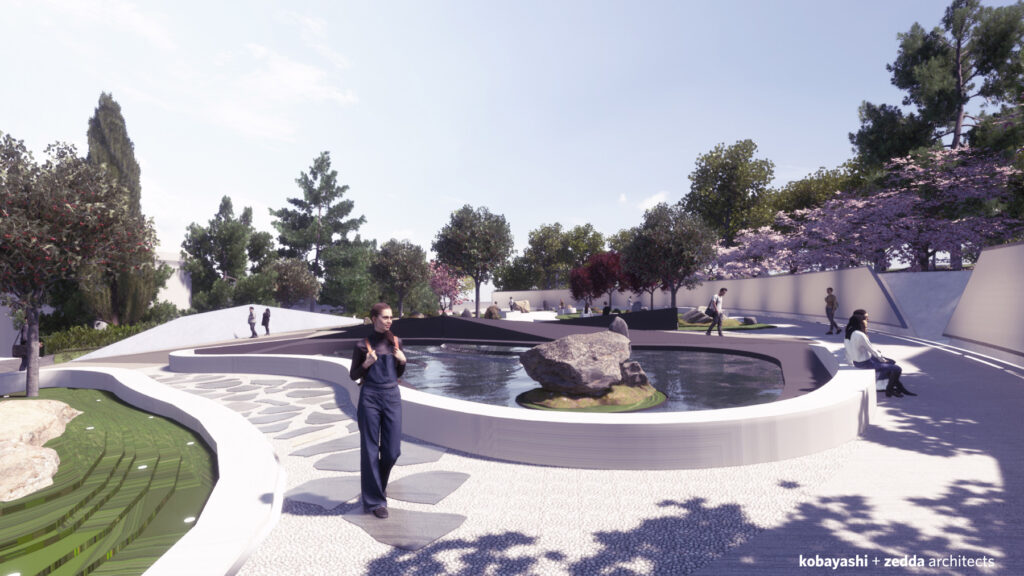
JC Legacies Monument Database Team
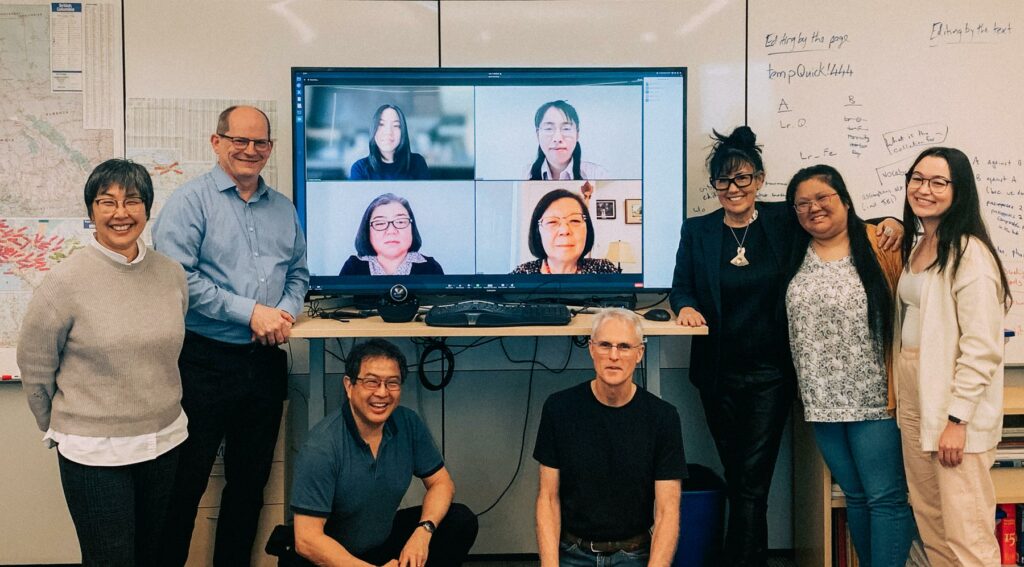
In 2023, the JCLS commissioned the University of Victoria to create a searchable list of names of 22,000 Japanese Canadian men, women, and children based on pre-war places of origin. A key contribution of the Monument Database team was the production of a comprehensive list of the over 3,000 children born between 1942 and 1949, when full rights of citizenship, including freedom of movement, were finally given to Japanese Canadians. Their names will be included on a supplemental wall.
Thank you very much to Project Director Michael Abe and the core Monument Database team out of the University of Victoria: Stacey Inouye, Kikuye Inouye, Maureen Bird, Natsuki Abe, Aya Timmer, Megan Koyanagi and Sakura Taji; along with Yukari Peerless, Miyuki Hatogai, Don and Mieko Fedrau, Kimi Chalmers, Lindy Marks, Alexis Moore, Skye Rohani, Rachel Kobayakawa, Djuna Nagasaki, and Kento Abe. Thanks also to UVic’s Stuart Arneil and Martin Holmes, created the database.
Database of names: https://hcmc.uvic.ca/project/monument
